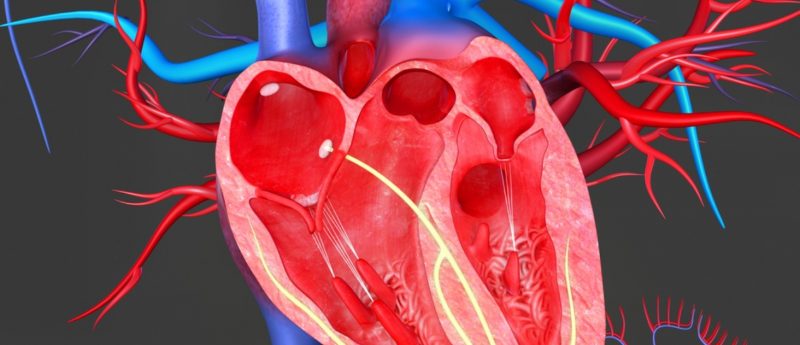Study demonstrates essential role of optimized cell maturation for effective engraftment

Scientists at Kyoto University (Japan) demonstrate that optimal maturation of cardiac cells is vital for successful cell therapy following heart trauma.
Following a heart attack or other heart trauma, the heart is unable to replace its dead cells. Patients are often left with little option other than heart transplants, which are rarely available. Recently cell therapies that transplant heart cells into the patient’s heart have also been an option, however, transplanted heart cells do not engraft well, resulting in poor recovery.
One of the major reasons for engraftment issues is the quality of the heart cells. For a typical cell therapy, cardiac cells are made from different stem cells, but the quality of these cells varies. In particular, the maturation of the heart cells will be different. “Cells of different maturation will be mixed and transplanted together,” explained Shunsuke Funakoshi, scientist at the Center for iPS Research and Applications at Kyoto University (Japan).
Under the direction of Yoshinori Yoshida, Funakoshi took induced pluripotent stem (iPS) cells that were reprogrammed from skin cells and differentiated them into heart cells. Heart cells that are differentiated from iPS cells effectively go through all stages of development. “Heart cells at different stages could behave very differently,” stated Fukakoshi. He prepared heart cells of different maturation and transplanted them into damaged hearts of living mice. Hearts that received cells differentiated for 20 days showed much better engraftment compared to those that received cells differentiated for more or less, suggesting that there is an optimal maturation stage for cell therapies. However, Funakoshi cautions which day for human patients cannot be determined from this study. “We need to test animals bigger than mice,” he concluded.
Currently, over a billion cells are needed for human heart cell therapies. Knowing which cells are best for therapy should not only improve patient outcome, but also reduce the number of cells required, which would further reduce both time of the preparation and invasiveness of the procedure.
Source: www.cira.kyoto-u.ac.jp/e/pressrelease/news/160108-190000.html